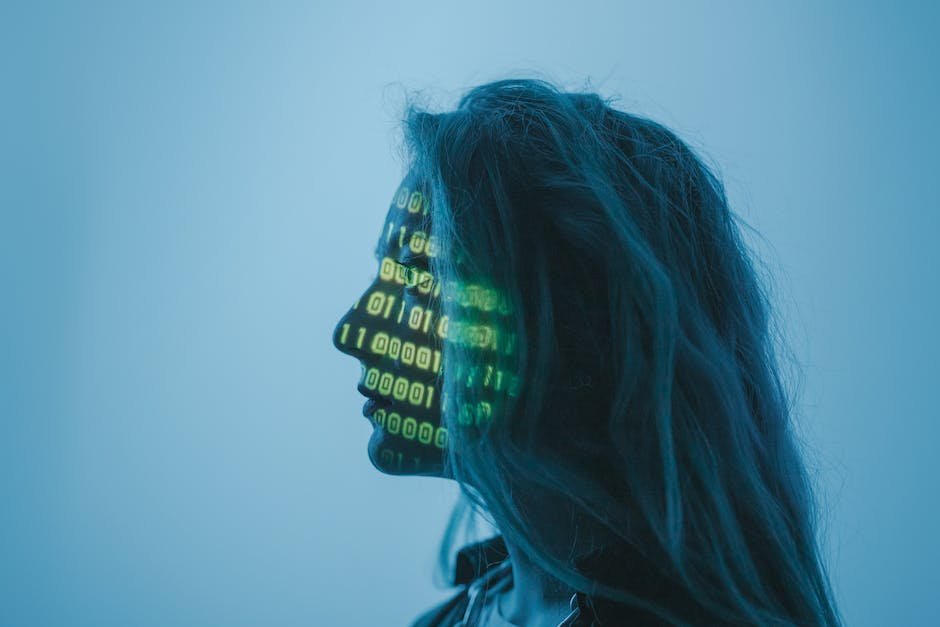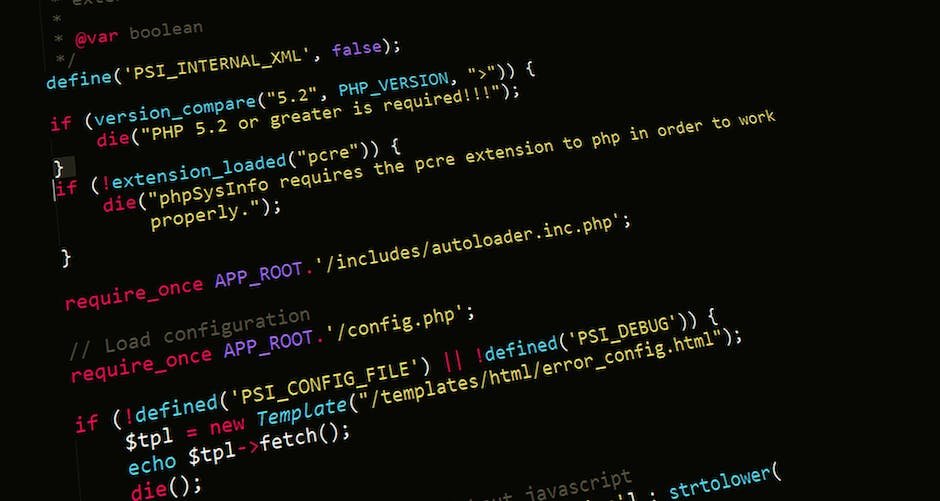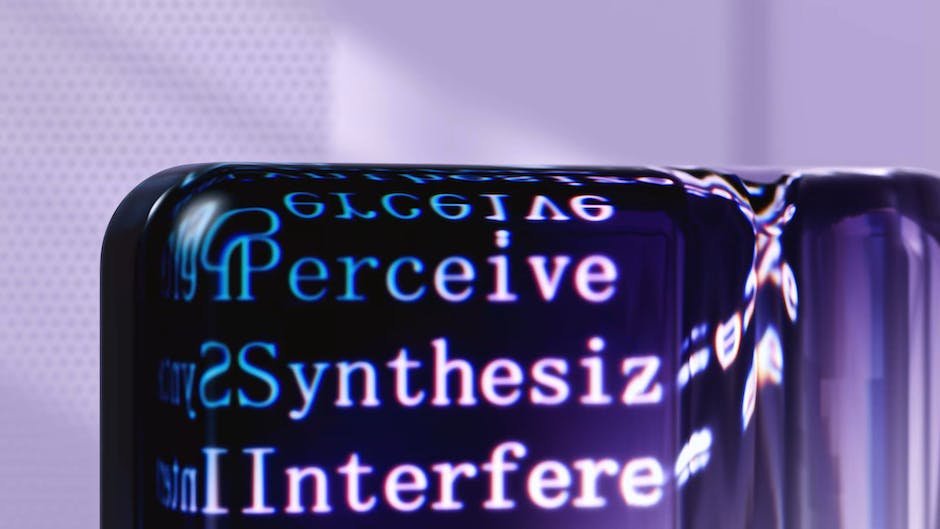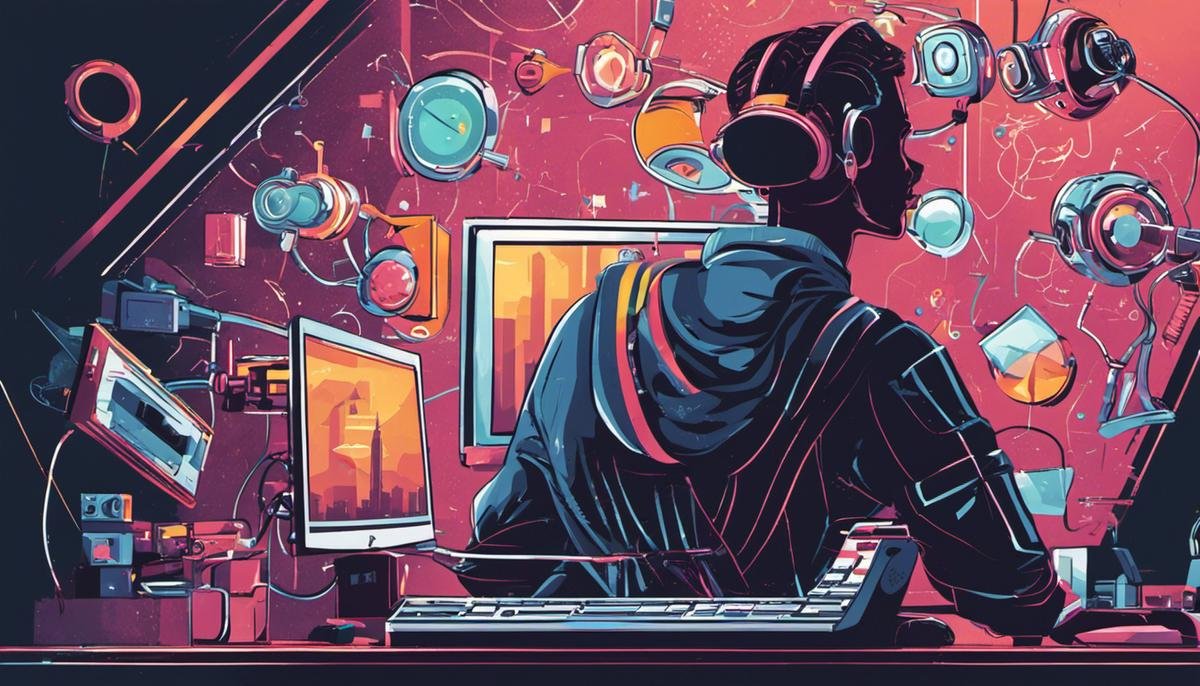In the era where technology commands significant influence in numerous spheres of life, exploring concepts like Artificial Intelligence (AI) and Graphic Interchange Format (GIF) and their intersection stands to offer intriguing possibilities. This discourse delves into the fundamentals of AI and GIF creation, revealing their synchronization and underscoring the role of text within these vibrant, moving pictures. Moreover, this exploration unravels how adopting pre-trained AI models such as DALL-E and GPT-3 can substantially simplify GIF creation. Further, we shed light on diverse, freely accessible AI tools designed to convert text into GIFs, providing exhaustive examination and user-guides for platforms like Runway ML, DeepArt, and DeepDream Generator. Finally, delving into the realm of practical application, we cultivate a profound understanding through practice, as well as critically assessing and refining the output.
Introduction to AI and GIF Creation
Understanding AI and GIF
Artificial Intelligence, often referred to as AI, involves leveraging machine intelligence to simulate and even replicate human intelligence. This method is used extensively in developing systems that can perform tasks requiring human intelligence such as image recognition, speech recognition, decision-making, language translation, and more. AI can learn from experiences, adjust to new inputs, and execute tasks with an accuracy level that often surpasses human capability.
The Graphic Interchange Format, or GIF, is a bitmap image format that supports both static and animated images. GIF files are small in size, produce good quality images, and support transparent backgrounds, making them ideal for the web.
While both AI and GIF are significant in their respective domains, the integration of AI with GIF creation is proving to be a game-changing combination. With AI, GIFs can be created, customized, and manipulated more accurately and efficiently.
Integration of AI with GIF Creation
Integrating AI with GIF creation implies using AI to automate, simplify, and enhance the process of creating GIFs. This integration is beneficial as it eases the creation process and significantly reduces the time spent on developing these animated images. Moreover, leveraging AI also ensures a higher quality output, making the GIFs look more professional.
AI can be utilized to generate GIFs from videos or a series of photos, add and customize text on the GIFs, add filters and effects, and even create dynamic GIFs that respond to user interaction. These functionalities can be achieved using different AI-powered tools and platforms available online.
Text in GIF
Text plays a major role in GIF creation as it is often used to convey a message or create a narrative. Text can be overlaid on the GIF to provide context, annotate, or add humor. By using AI, you can automate the process of adding and customizing the text on GIF, which can help save time and ensure the text aligns perfectly with the GIF’s flow.
Ways to Create GIF Using AI With Text
- Online GIF creators: Platforms such as GIPHY allow users to upload a series of photos or a video and convert it into a GIF. They provide options to add and customize text, along with several other editing options.
- Video to GIF converters: These tools, powered by AI, allow you to clip a portion of the video and convert it into a GIF. They also provide text addition and customization options.
- Custom script using OpenAI: Trained models can be leveraged to automate the process of GIF creation with text from videos.
- AI and Machine Learning platforms: Platforms like Runway ML provide the tools to train and use machine learning models for various creative tasks, including GIF creation.
- API and SDKs: Several tech companies provide APIs and SDKs that can be used to create GIFs programmatically with text.
Please remember that while these platforms and tools are generally free, certain premium features may require a paid subscription. However, the free features usually suffice for creating amazing GIFs with text using AI.

Using Pre-Trained AI Models for GIF Creation
Understanding AI Models: DALL-E and GPT-3
DALL·E and GPT-3 are artificial intelligence models developed by OpenAI. DALL·E generates images from text inputs, using a version of GPT-3’s transformer architecture to convert textual descriptions into visual outputs. GPT-3, meanwhile, is a language processing AI that can generate human-like text.
Acquiring the AI Models
These pre-trained models are not publicly available due to their potential misuse. However, OpenAI has made GPT-3 accessible via an API, and it allows academic researchers to request access to the model. DALL·E is not available in any form yet.
Creating GIFs Using DALL·E Based AI
OpenAI’s DALL-E can conjure up detailed images in response to textual prompts, making it a great tool for generating GIFs. To do this:
- Take your textual input and transform it into visual representations using DALL-E.
- Stack these individual frames into a GIF using a tool like Photoshop.
Creating GIFs Using GPT-3 Based AI
- Use the GPT-3 model to generate text. The text can either be a description or dialogue.
- Translate this text into images or a storyboard via an image generation AI.
- Compile and animate these images into a GIF using tools such as Adobe Photoshop.
Use of Third-party Tools for AI Generated GIFs
While DALL·E and GPT-3 are not freely available for general public use, parallel tools, like Runway ML, may provide some accessible alternatives. This platform offers a range of AI models that can help create GIFs from text.
To use Runway ML:
- Install Runway ML from their official website and create a new workspace.
- Import a pre-existing model from the model directory. For creating GIFs with text, select a model like StyleGAN.
- Type in your text and let the AI perform its magic to create unique output.
- Save the results and compile them into a GIF using any online GIF maker.
These steps should provide a strong starting point for creating AI-based GIFs. Remember that the quality and relevancy of the GIFs may depend on the power and limitations of the AI models used.

Exploring AI Tools for GIF Creation
Understanding Runway ML: A Powerful AI Tool for GIF Creation
Runway ML offers a unique feature known as “green screen”. It allows users to generate deep learning-based models against a green screen backdrop. This makes it an excellent tool for creating high-quality GIFs.
To create a GIF using this tool, the steps are straightforward:
- Log into the Runway ML platform.
- Select the model you want to work with under the Green Screen feature.
- Paste your input text into the provided text box.
- Adjust the model parameters.
- Click Run.
- Download the generated GIF.
Pros: Simple four-step process; works with a wide variety of deep learning models; produces high-quality GIFs.
Cons: Users cannot customize or tune the models used by the platform which might limit creative potential.
DeepArt: Transforming Text into Unique GIF via Deep Learning Art
DeepArt leverages advanced algorithms to transform your simple text into astonishing deep learning art. Your input text is translated into unique designs, which can later be converted into GIFs.
To accomplish this, simply follow these steps:
- Go to the DeepArt website.
- Write or paste your text into the “Turn text into art” space.
- Choose one of the AI styles or upload your own.
- Click “Create Your Art”.
- Download the generated image and convert it into a GIF using any free online tool.
Pros: Easy-to-use interface; provides a unique blend of AI and creativity.
Cons: GIF conversion is an additional step, not implemented in the platform itself.
DeepDream Generator: Creating Dream-Like AI GIFs from Text
DeepDream Generator is another fantastic tool that helps convert text into dream-like AI images. Coupled with a free GIF converter, this platform allows you to create surreal, personalized GIFs.
To use DeepDream Generator:
- Navigate to the DeepDream Generator website.
- Type your text into the “What do you want to dream?” field.
- Adjust the dream intensity level.
- Click “Dream”.
- After the processing period, save the generated image.
- Convert this image into a GIF using any free online tool.
Pros: Unique dream-like image conversion; allows adjusting the intensity level.
Cons: Like DeepArt, lacks in-built GIF conversion.
These three platforms underscore the advancements and potentials of AI in creating extraordinary GIFs from text. While they offer options for personal customization and produce amazing results, there’s room for improvement, especially in the aspect of in-built GIF conversion. Each of these tools is suited to users who prefer a more experimental art form – one that blends deep learning with immense imagination.

Practicing GIF Creation and Assessment
Understanding AI-Powered Tools For GIF Creation
There are several AI-powered tools that allow for the creation of animated GIFs with text for free. These include sites and applications such as EZGIF, Giphy, Canva, GIFMaker and Morphin. These user-friendly platforms are simple to navigate and offer a variety of features, like adding text, changing the duration, looping, and resizing, which provide room for creativity and customization of GIFs.
Step-by-Step Guide For GIF Creation With Text Using Canva
Canva is a powerful graphic design tool with an easy-to-use interface. Follow these steps to create a GIF:
- Sign up for a free Canva account or log in.
- On the dashboard, click on ‘Create a design’ and select ‘Custom dimensions’ to set the size of the GIF.
- Choose a background image or upload your own.
- Add text by clicking on the Text tab on the left, then drag and drop your desired text box to the working area.
- Customize the text as you see fit with different colors, fonts, and sizes.
- To animate the text, click on the ‘Element’ tab and select ‘Animation’ at the top. Drag and drop the animation style onto the text box.
- Click ‘Download’ at the top right corner and select ‘GIF’ as the file type.
Making GIF With Text Using Giphy
Giphy, a GIF-making website, follows a similar approach.
- Sign in or create a free account.
- Click on ‘Create’.
- Upload a video file or enter a video URL.
- Set the duration of the GIF.
- Click on the text icon in the toolbar on top and type in your desired text.
- Press ‘Continue to Decorate’ and customize the GIF as needed. Click ‘Complete’ when finished, and then ‘Upload’.
Assessing the Quality of GIFs
Assessing the quality of created GIFs is essential for good execution. High-quality GIFs should have clear visuals, crisp text, and smooth movement. Moreover, GIFs shouldn’t be too large in file size as they could load slowly on certain websites or platforms. So, always remember to optimize the file size of your GIFs for the best viewing experience.
Tips to Improve Execution
To improve the execution of your GIFs, consider the following tips:
- Limit the colors: Reducing the number of colors can decrease the file size without compromising the quality of the image.
- Keep a short duration: Longer GIFs can be heavy files and may not deliver information as effectively as shorter ones.
- Apply Dithering: This technique can improve the quality of your GIF by smoothing the color transitions.
- Keep it simple: A clear message with simple animation can be more effective than a complex animation that could distract the viewer.
Practice often to create a variety of GIFs and experiment with different styles and techniques to find what suits your purpose the best.

The grandeur of AI and its application in GIF creation, specifically its capacity to decode textual content into animated imagery, encapsulates an intriguing mix of innovation and creativity. Traversing through established AI models, eclectic free tools, and immersive practice sessions, the value offered by such technology becomes unignorable. This insightful journey not only equips us with the unprecedented capabilities of AI in GIF creation but also, perhaps more importantly, paves the pathway for future explorations in this fascinating melding of text and visuals. Therefore, harnessing the power of AI platforms, its time to delve into creating expressive, impactful, and unique GIFs, with each GIF bringing to life myriad stories and emotions through movement, one frame at a time.
Harness the power of AI with Writio, the ultimate content writer for publishers. This article was crafted by Writio.